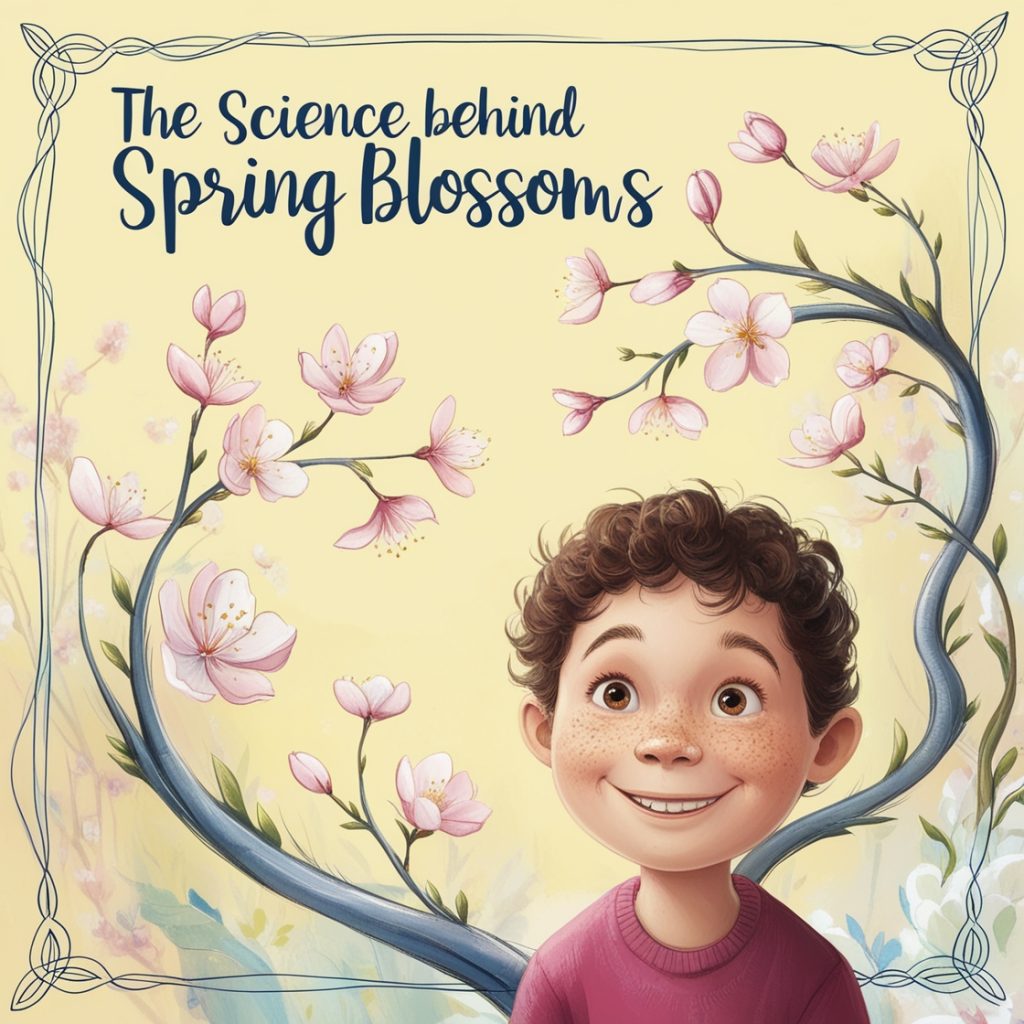
The Science Behind Spring Blossoms
- Lutful Ahmed
- August 7, 2024
- 6:49 pm
- No Comments
Spring is a time of renewal and vibrant beauty, with flowers blooming in a spectacular display of colors and scents. This phenomenon, while enchanting to behold, is rooted in intricate biological processes and the essential role of pollinators. Let’s explore the science behind spring blossoms and understand the fascinating mechanisms that bring about this seasonal transformation.
The Biological Processes of Flower Blooming
Photoperiodism
The primary trigger for spring blooming is photoperiodism, the plant’s response to the length of daylight. As winter wanes and days become longer, plants detect these changes through a pigment called phytochrome. This pigment helps plants measure the duration of light and darkness, signaling the appropriate time to initiate blooming.
Vernalization
In many temperate plants, a period of cold exposure known as vernalization is necessary to prepare them for flowering. This cold treatment ensures that plants do not bloom during unseasonably warm periods in winter, which could jeopardize their survival. Once the cold requirement is met and temperatures rise, these plants are ready to flower.
Hormonal Changes
The transition from vegetative growth to flowering is controlled by hormones. Gibberellins and auxins are critical in promoting the growth of flower buds. As days lengthen and temperatures rise, these hormones are produced in greater quantities, triggering the development of blooms.
Nutrient Uptake
During spring, plants increase their uptake of water and nutrients from the soil, essential for supporting the energy-intensive process of flowering. The increase in metabolic activity ensures that plants have the necessary resources to produce vibrant and healthy blossoms.
The Role of Pollinators in Spring
Attracting Pollinators
Flowers have evolved various strategies to attract pollinators, such as bees, butterflies, and birds, which are crucial for plant reproduction. Bright colors, enticing fragrances, and nectar rewards are some of the features that lure pollinators to flowers.
Pollination Process
Pollination is the transfer of pollen from the male anthers of a flower to the female stigma. This process can occur through wind or water, but many plants rely on animal pollinators. As pollinators forage for nectar, they inadvertently transfer pollen, facilitating fertilization and the production of seeds.
Mutualistic Relationship
The relationship between flowers and pollinators is mutualistic. Flowers provide pollinators with food in the form of nectar and pollen, while pollinators help plants by enabling cross-pollination, which increases genetic diversity and plant resilience.
Spring Pollination Challenges
Despite the beauty and efficiency of spring blooming and pollination, this season also presents challenges. Climate change and habitat loss threaten pollinator populations, which can disrupt the delicate balance of ecosystems. Ensuring the conservation of pollinators and their habitats is essential for maintaining the natural cycles of flowering and plant reproduction.
Conclusion
The science behind spring blossoms is a complex interplay of biological processes and ecological interactions. From photoperiodism and hormonal changes to the crucial role of pollinators, the blooming of flowers in spring is a testament to the wonders of nature. By understanding these processes, we can appreciate the beauty of spring blossoms even more and recognize the importance of protecting the natural world that sustains them.
